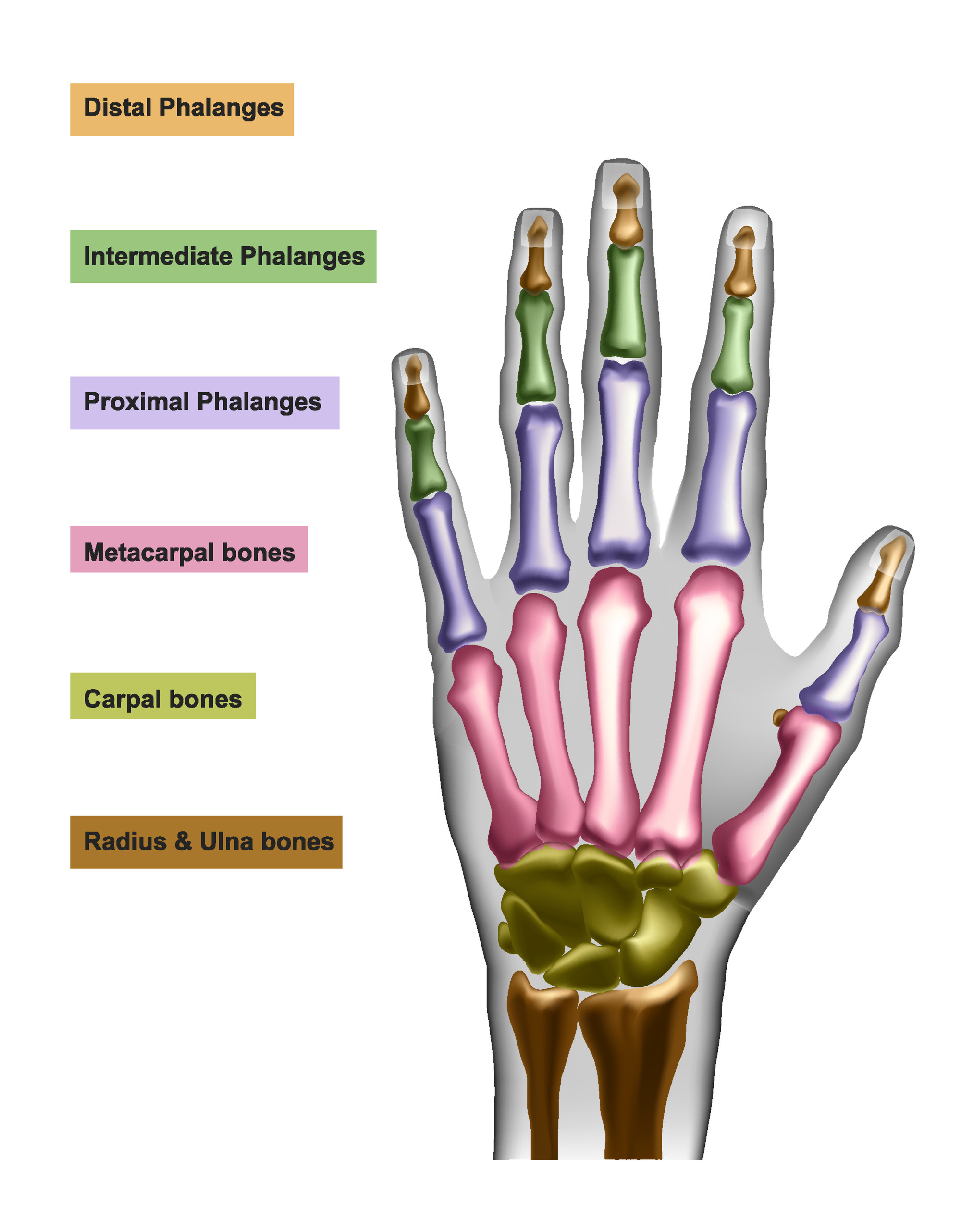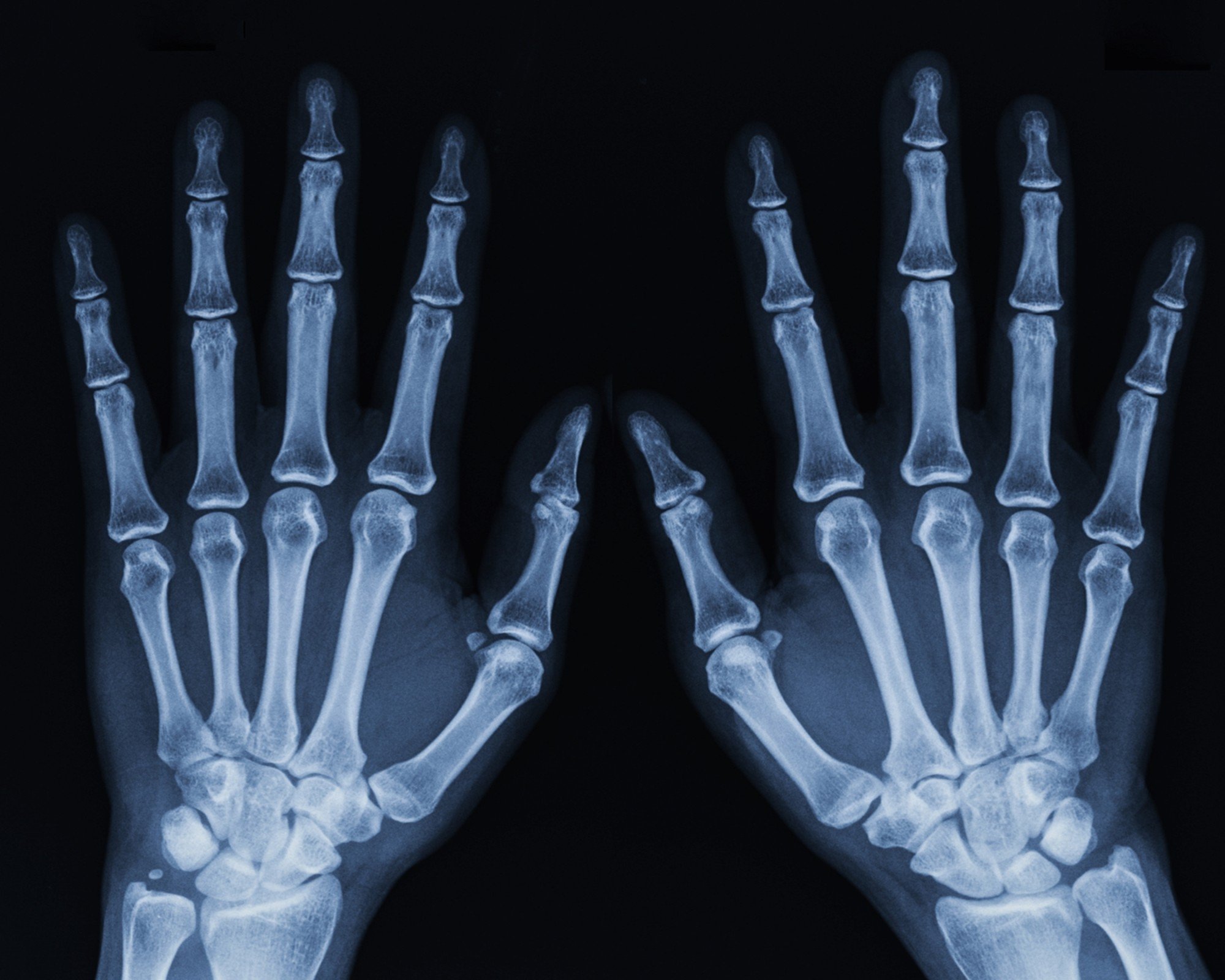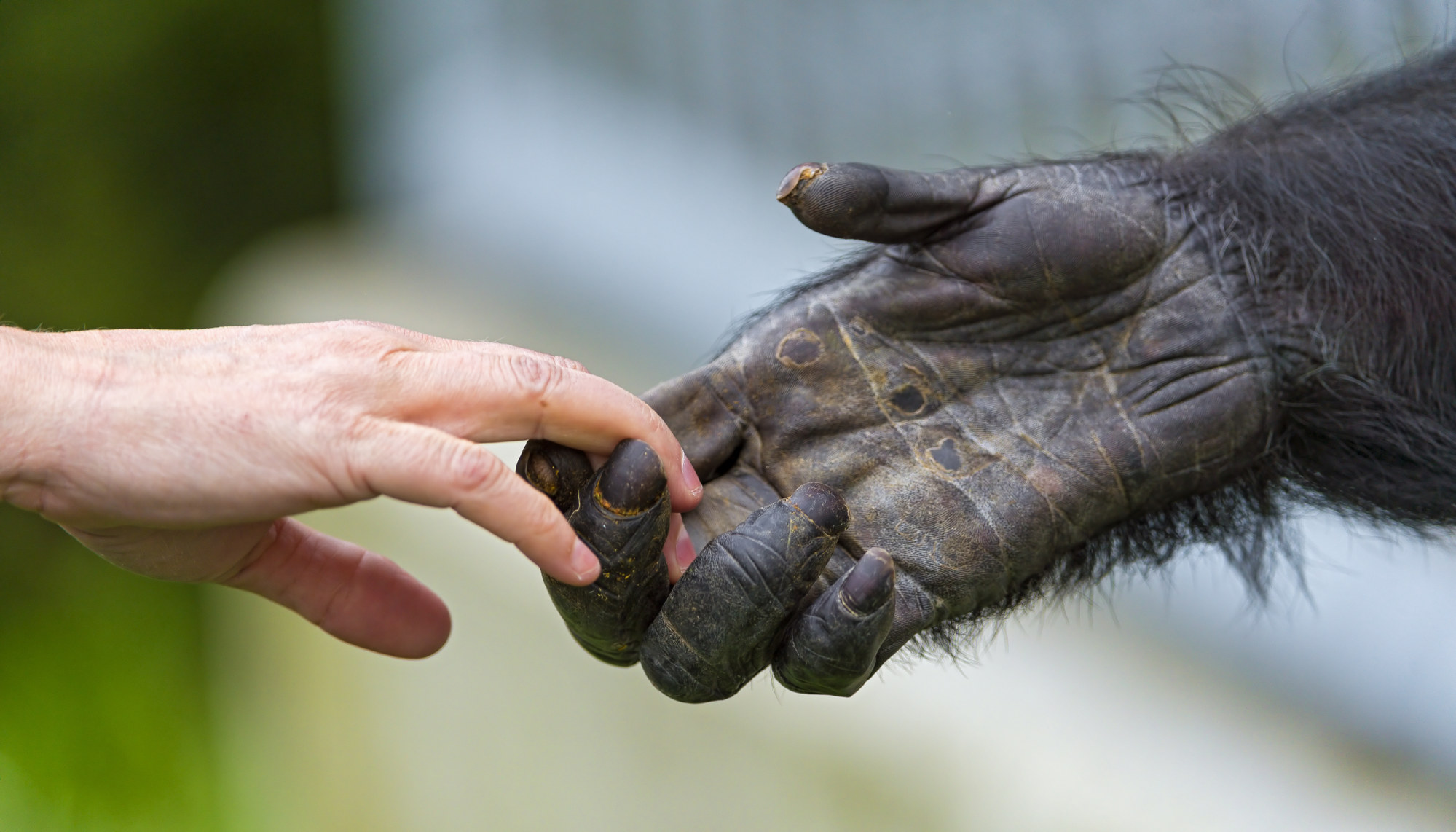
What your hands say about your health, from arthritis to diabetes – telltale signs of illness, and why King Charles’ fingers may be swollen
- Hands provide clues about ailments from water retention to infections, which is why King Charles’ inflamed, crimson fingers have received scrutiny recently
- Experts describe conditions that can impair our hands’ function, and how tremors, swelling and redness may reflect bigger problems that require urgent attention
Last month, Britain’s King Charles set tongues wagging when he was photographed with swollen, sausage-like fingers, shortly after the death of his mother, the late Queen Elizabeth.
Similarly, at the Commonwealth Day Service in London in March 2020, and at a royal engagement at a pub in May 2021, the monarch’s crimson hands and stubby extremities did not go unnoticed.
Various medical experts weighed in, including Dr Gareth Nye, a senior lecturer at England’s University of Chester.
He told British tabloid newspaper the Daily Star that bloated fingers and red hands may be due to any number of health conditions – among them fluid retention (oedema), which “mostly affects people over the age of 65 as the ability for fluid control is restricted”, and arthritis, when the “fingers usually become stiff, painful and swollen”.
Although Nye added that it could not be concluded that the king’s swollen fingers were cause for any immediate medical concern, it’s fair to say that our hands can reveal a lot about our well-being.

“Often, doctors and therapists can simply look at a patient’s hands for clues to underlying health conditions,” says Clare Black, an occupational therapist at Hong Kong clinic Asia Medical Specialists.
“Certain symptoms and changes in the hand are normal, but sometimes these may point to more serious underlying concerns.”

A bony, complex appendage
We may not pay that much attention to our hands but they are complex structures.
Did you know that your hands – made up of wrists, palms, fingers and thumbs – house more than a quarter of your body’s bones? Each hand has 27 bones – eight carpal bones (in the wrist), five metacarpal bones (in the lower half of the fingers) and 14 phalangeal bones (in the top of the fingers).

Sesamoid bones, small bones embedded in the tendons, provide extra leverage and reduce stress on underlying tissues, Black says.
“There are 27 joints and over 120 known ligaments in each hand. Ligaments are a strong, rope-like tissue that connect bones to other bones,” she adds. They provide alignment and stability when we move our joints.
Each hand has over 30 muscles, most of which lead to the wrists and forearms. Fingers do not have muscles.

“Hand movements are mostly initiated by muscles in the forearm that attach to the fingers and thumb via tendons,” Black says.
“Tendons are soft tissue that connect muscles to bone and allow us to move our joints when our muscles contract. Small muscles in the palm of the hand known as intrinsic muscles are responsible and help with fine motor movement, allowing us to grasp and grip different objects, and coordinate movement.”
Three main nerves are responsible for sensory and motor function in different parts of the hand. The radial nerve provides sensation to the back of the hand from the thumb to the third finger.

The ulnar nerve travels through the wrist in a tunnel called Guyon’s canal and supplies sensation to the little finger and half of the ring finger.
The median nerve travels through the wrist via the carpal tunnel and provides sensation to the thumb, index finger, middle finger and part of the ring finger.
The skin on our palms has no hair and does not tan, Black explains. Each palm has about 17,000 touch receptors and free nerve endings, which sense pressure, movement, light touch and vibration.
Human hands and primates’ hands share many similarities, says Dr Athena Au, a specialist in orthopaedics and traumatology at Matilda Orthopaedic and Spine Centre in Hong Kong.
“Where they differ is in their function. Primates’ hands are commonly used for locomotion, like swinging or hanging between trees. Human hands are used for gripping, manipulating and performing tasks that require dexterity,” she says.
“Humans also have a longer thumb in relation to our other four fingers – this allows for different grips and manoeuvres – but primates have a short thumb and long fingers, making locomotion almost effortless.”

What can go wrong with our hands
Several medical conditions may affect our hands, Au says.
They include:
-
osteoarthritis – degeneration and wear-and-tear of the joints;
-
carpal tunnel syndrome – numbness, tingling, and weakness in the hand and arm from compression of the median nerve;
-
trigger finger or tenosynovitis of the finger – inflammation in the sheath around a tendon that may cause a finger to “lock” in a bent position;
-
de Quervain’s syndrome – pain or swelling in or near the base of the thumb;
-
cubital tunnel syndrome – inflammation, swelling or irritation in the ulnar nerve that starts in the side of your neck and ends in your fingers; and
-
rheumatoid arthritis – an autoimmune and inflammatory disease that affects the joint tissues in the fingers, thumb and/or wrist.
Dupuytren’s disease affects the tissue layer called the fascia that lies under the skin in the palm.
“Knots of tissue form under the skin, appearing like nodules in the palm and eventually creating a thick cord that can pull one or more fingers or your thumb into a bent position,” Black says. It may require hand surgery.
Ganglion cysts are lumps found in the fingers, hand and wrist. Although benign, they tend to return despite careful treatment. They may contribute to joint pain and reduce range of motion.

The way our hands look and feel may point to certain health issues. For instance, Au says that swollen and painful finger joints may indicate a localised problem like osteoarthritis, acute trauma or injury, or an infection.
They may also reflect a systemic illness, such as a form of arthritis.
“Other common complaints include tingling, numbness and weakness in the fingers,” Au says.
“The compression of nerves at the neck, or anywhere along our upper extremities, may also lead to numbness.
“That’s why it’s important to see an upper limb surgeon if you experience these symptoms.”
Hand tremors are usually caused by underlying medical conditions that may include Parkinson’s disease, multiple sclerosis, vitamin B12 deficiency, alcohol withdrawal syndrome, thyroid issues, and the side effects of certain drugs, Au says.
If you experience hand tremors, she suggests consulting an internal medicine specialist.

Numb, cold, tingling fingers may be a symptom of abnormal sensitivity to cold. Called Raynaud’s phenomenon, this condition causes decreased blood flow to certain parts of our body, particularly our extremities.
“The smaller arteries that supply blood to your skin become narrow, limiting blood flow to affected areas. Your fingers may feel numb, cold and painful and appear white or blue,” Black says.
Swollen fingers may be a sign of fluid retention, gout, or rheumatoid arthritis.
So don’t neglect what your hands may be trying to tell you. Besides giving us insights into our well-being, our hands do so much for us, Au says.
“They help you manipulate the environment, care for yourself, use tools,” she adds. “Moreover, they’re an extension of your personality as they allow you to paint, create music, play sports, and embrace your loved ones.”

